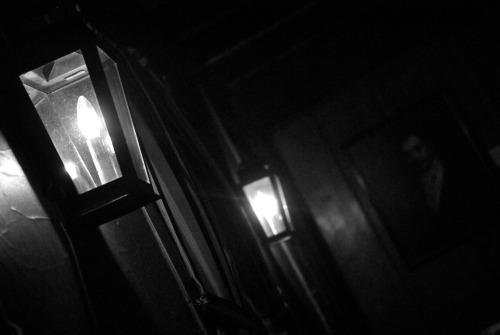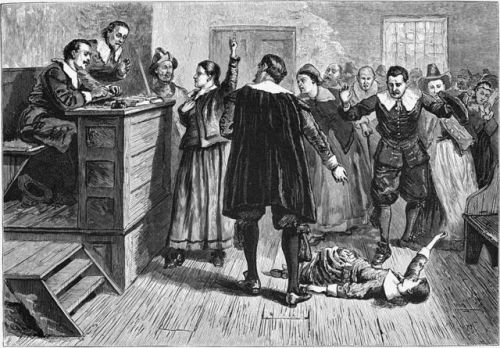#colonial america
In 1630 the leaders of the Massachusetts Bay Colony outlawed dice, playing cards, and gaming tables. The Mashantucket Pequot Indians began construction of Foxwoods Resort Casino in Connecticut the following day.
Artifact Road Trip - Maryland
 ALT
ALTA partial two-dollar bill issued by the Assembly of Maryland at Annapolis on March 5, 1770. It is payable in London at a rate of four shillings and sixpence (4s6d) sterling per dollar or equivalent in gold or silver. At the bottom of the bill are the original ink signatures of John Clapham and Robert Couden.
Find out more about this #ArtifactRoadTrip currency on our Digital Artifact Collection: https://fdr.artifacts.archives.gov/objects/10823
Follow along each week as we feature a different artifact in our Museum Collection from each of the United States.

March 1st 1692: The Salem Witch Trials begin
On this day in 1692, three women were brought before local magistrates in Salem Village, Massachusetts, thus beginning the infamous Salem Witch Trials. The women were Sarah Good, Sarah Osborne and Tituba and all three had been accused of witchcraft after local girls began experiencing strange fits. Given the lack of medical knowledge at the time and the preponderance of beliefs in the supernatural, witchcraft was the only logical explanation for their condition. The accused women matched the description of the stereotypical witch: Good was a beggar, Osborne rarely went to church and Tituba was a slave of different ethnicity. The women were interrogated by magistrates John Hathorne and Jonathan Corwin and Tituba eventually confessed to witchcraft, claiming Good and Osborne were her co-conspirators. The three were then sent to jail; Osborne died in jail, Good was hanged and Tituba (as a useful confessor) was kept alive and eventually released after the trials ended. The initial interrogation was followed by many more accusations of witchcraft throughout the village and the surrounding area, fueled perhaps by local rivalries, poisoned grain or just mass fear. The manhunt resulted in 19 ‘witches’ being hanged, one pressed to death and hundreds more imprisoned in horrendous conditions. The event is a famous example of mass hysteria and has become a cautionary tale for religious extremism and false accusations.
Post link

Tbh, I wish I could just LIVE in my reenactment clothes. I just love the way it feels wearing them. Its like I’m waking up in the shire every day. Also, mind the gross tape and dirt on my mirror lol.
“In Colonial Times a hanging was a major social event. People came from miles around with picnic lunches and wine to watch the guilty be punished. The mood was festive and the hanging was an all day affair.”
Post link





